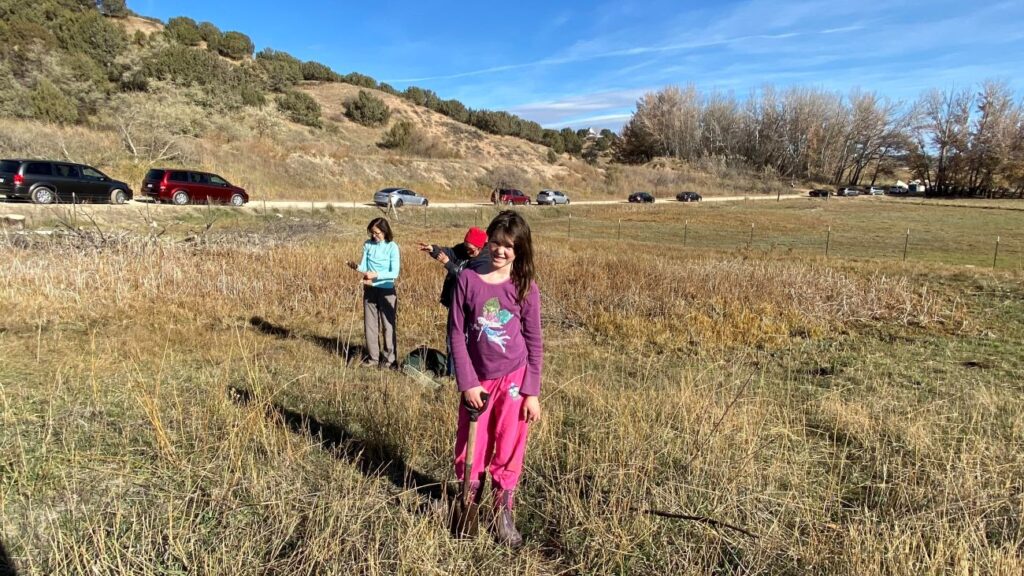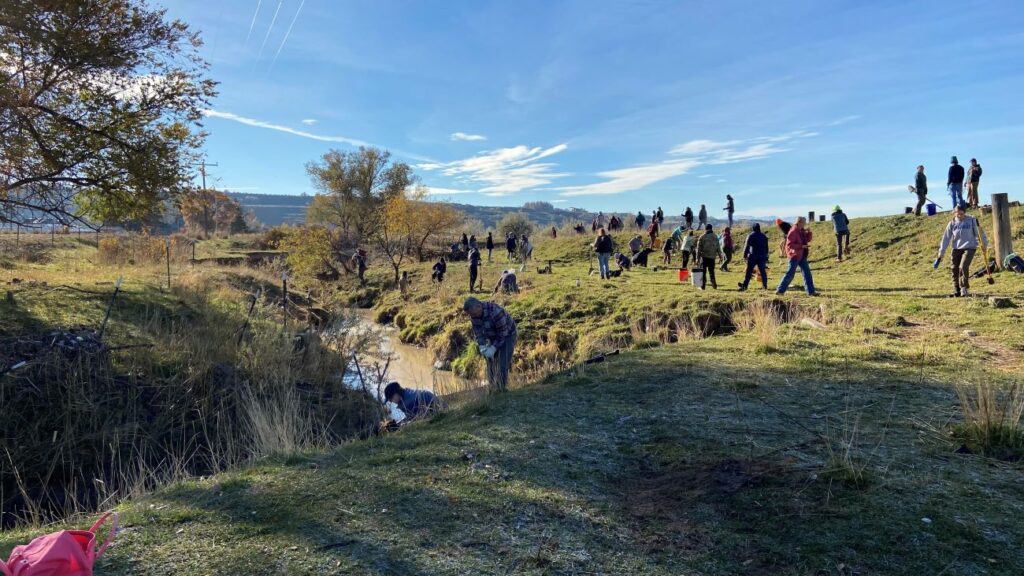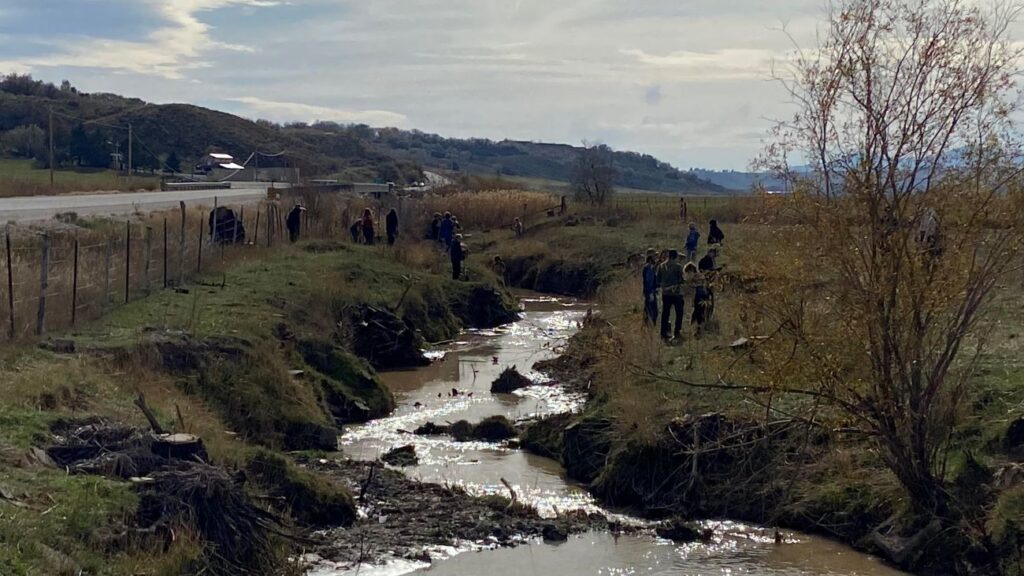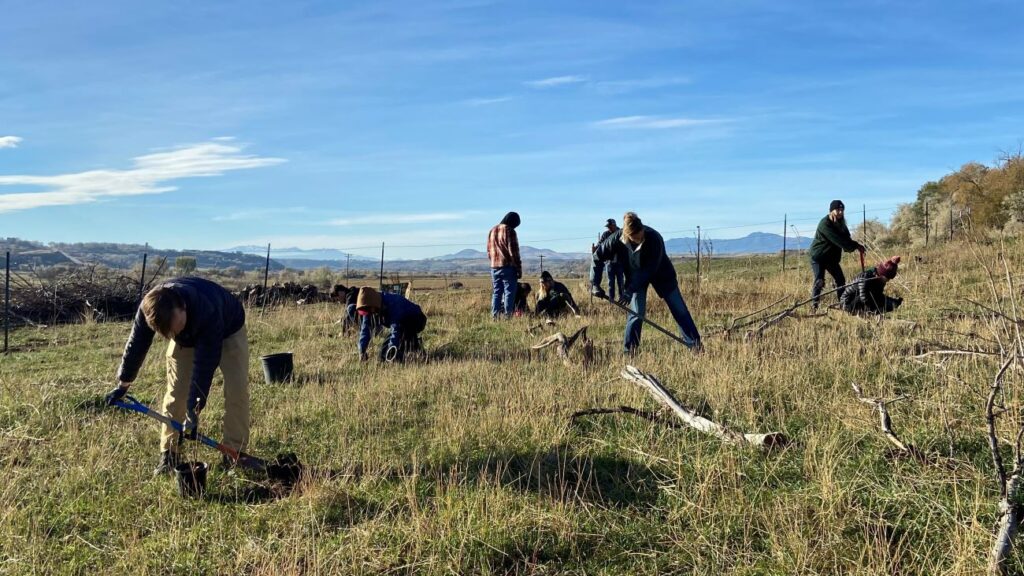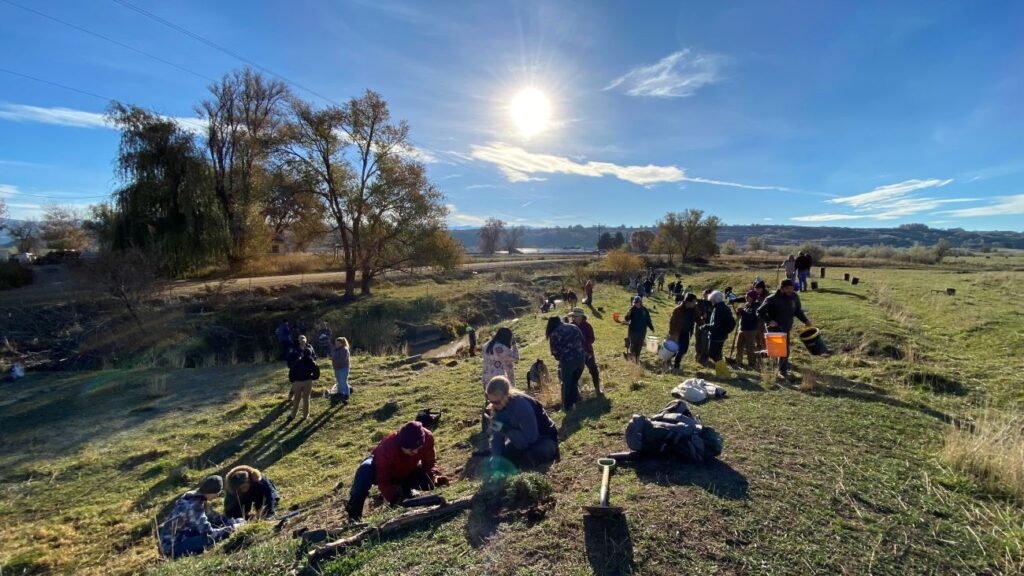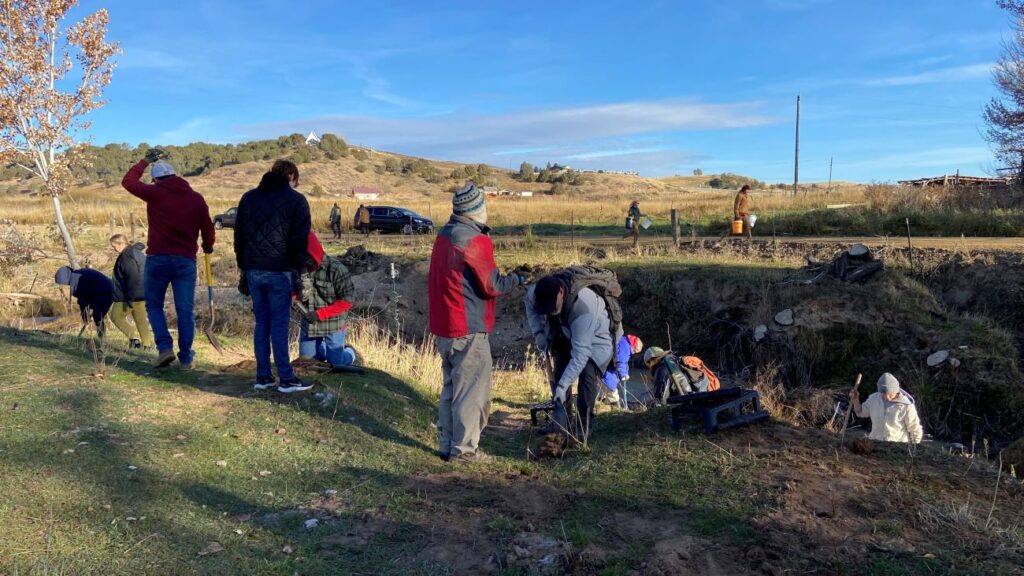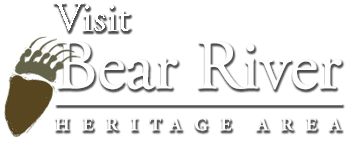On November 4, 2023, around 400 volunteers gathered at the Bear River Massacre Site in Franklin County, Idaho. They came together to help restore the natural habitat of the site by planting native trees. The entire land restoration is named Wuda Ogwa, which in Shoshone means Bear River.
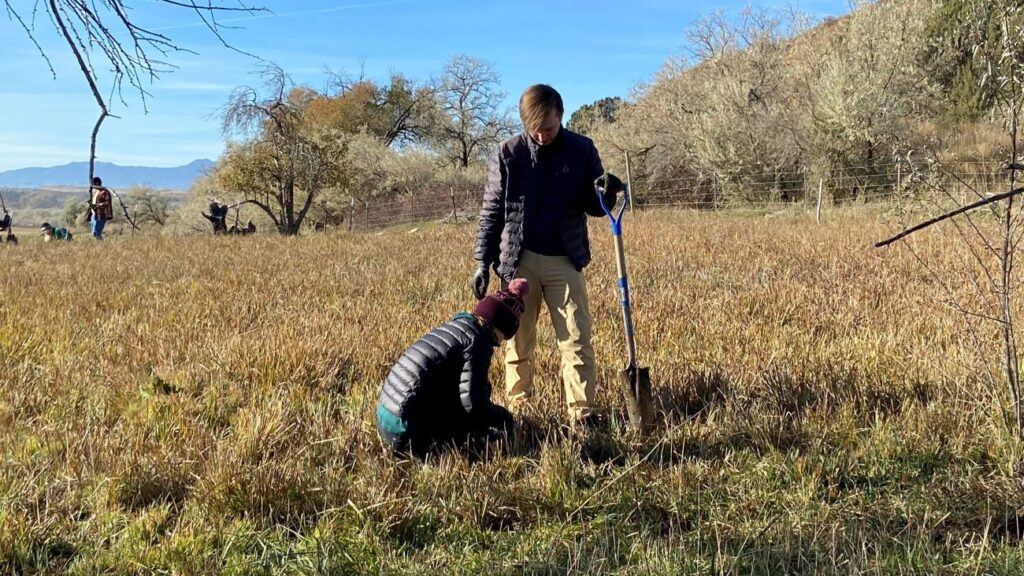
On January 29, 1863, an encampment of Shoshone were attacked by a volunteer group from the United States Army; this led to a massacre of between 229-500 men, women, and children. In January 2018, after years of negotiation, the Northwestern Band of the Shoshone Nation purchased portions of the massacre site. Since then, multiple events have been held to work on revitalizing the ecological landscape. During this event, volunteers planted 8,425 trees over the course of a few hours. The Utah Conservation Corps worked before and after the event to remove invasive species and bring back native plants as part of the ongoing restoration.
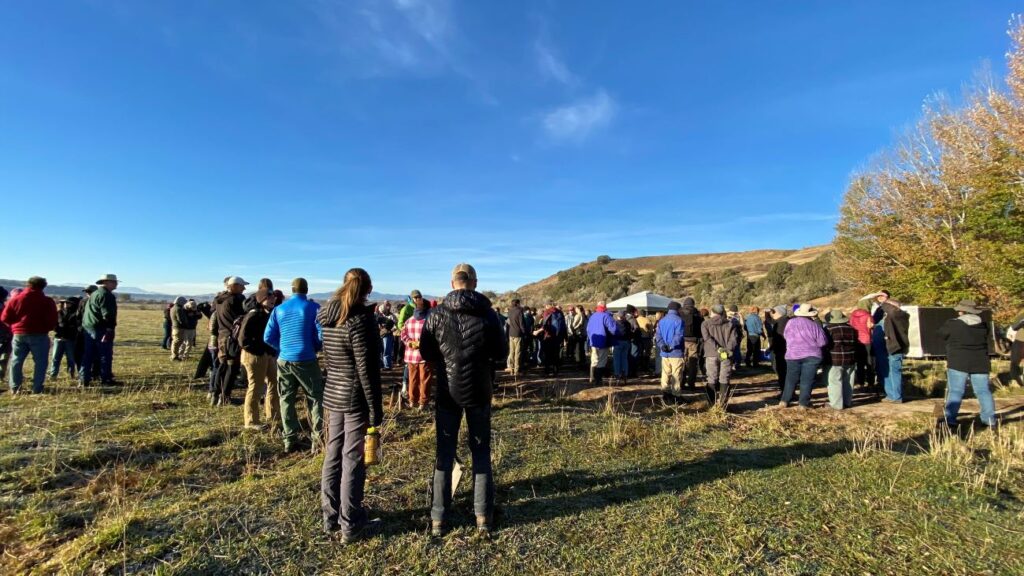
Brad Parry, the Vice Chairman of the Northwestern Band of the Shoshone Nation tribal council, addressed the crowd of volunteers, saying “For thousands of years, this wasn’t a massacre site; it was a place we came and camped…This was an exciting place, and by inviting you all out and doing this, we want to recapture that. We want to make this place a place to come again…We’ll never forget [the massacre], but we want to move on together with everybody.” As an ancient gathering place for many different Native American bands, the Northwestern Shoshone hope to make this a gathering place again for future generations.
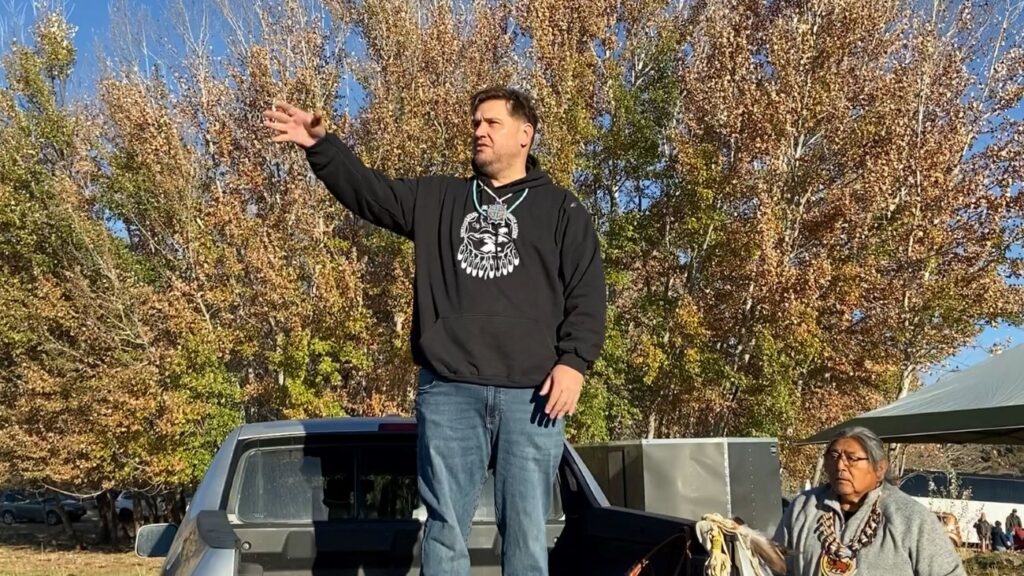
“We’ll never forget [the massacre], but we want to move on together with everybody.”
Brad Parry
Currently, the tribe is working on fundraising efforts to build the Wuda Ogwa Cultural Interpretive Center on the Bear River Massacre Site. This center will focus on exploring the culture of the Shoshone tribe and will also feature an amphitheater and walking trails.
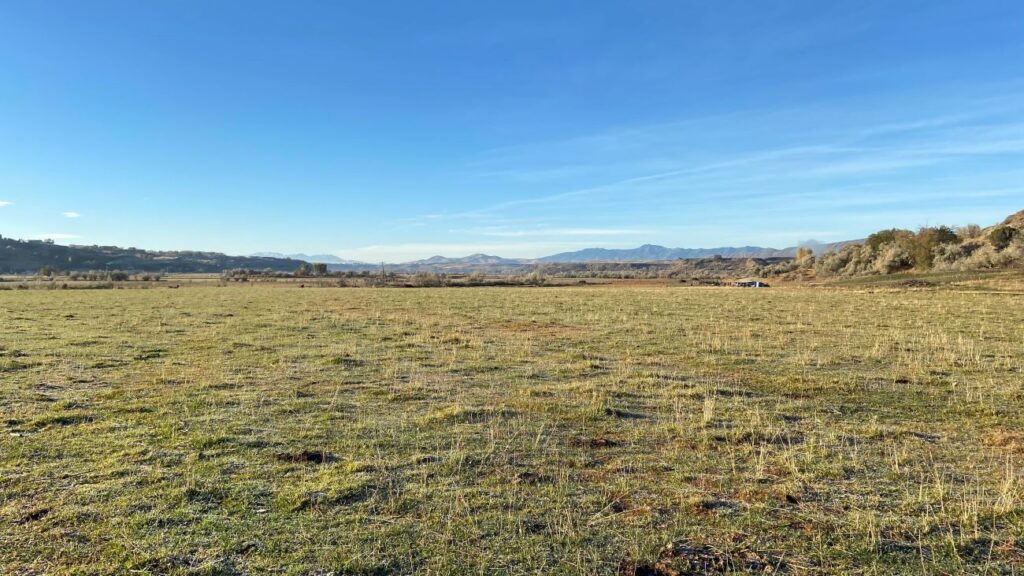
The tribe hopes to gather every November to work on the ecological restoration of the site. You can learn more about this project and donate on their website https://www.nwbshoshone.com/ .
Story and photos by Emma George, the Heritage and Folk Art Coordinator for the Bear River Heritage Area. Special thanks to Maria Moncur and the Northwestern Band of the Shoshone Nation for their help and support in creating this article.
Check out these additional photos in the gallery!
